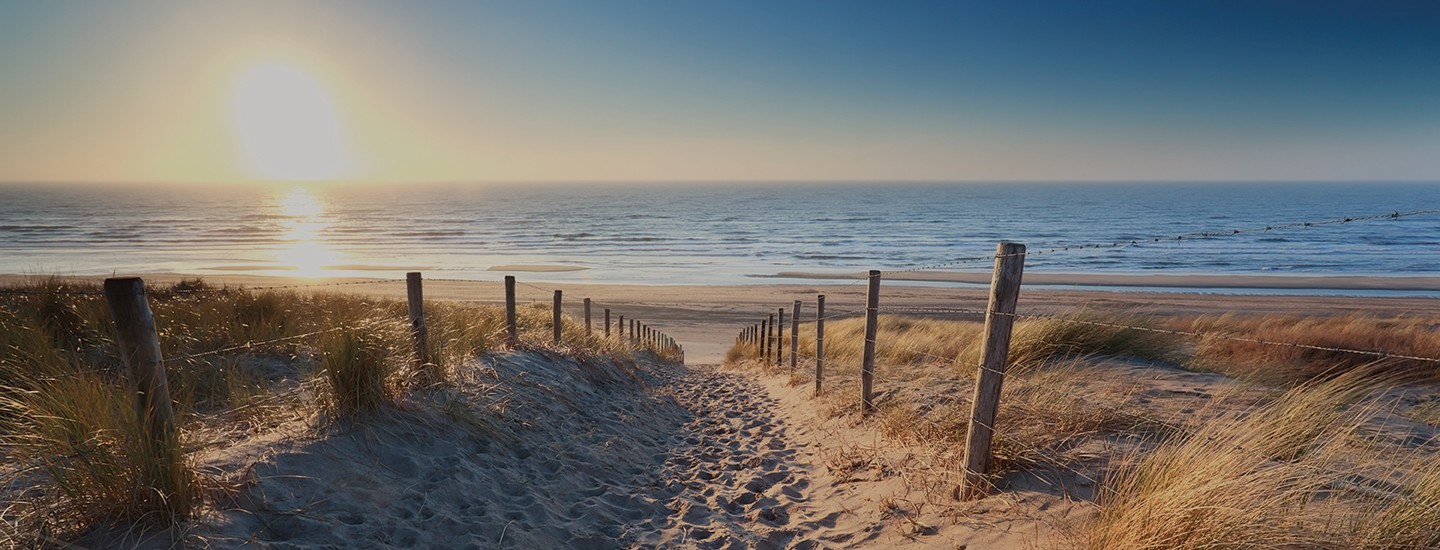
Tick-Tock
This week, scientists moved the Doomsday Clock closer to metaphorical ‘midnight.’ The doomsday clock was created in 1947 by the Bulletin of the Atomic Scientists' Science and Security Board to figuratively represent the threat of global war. For the past 11 years, the Doomsday Clock has included climate change as a threat that could irreparably impact human existence. Scientists specifically highlighted climate change in their statement about resetting the Doomsday Clock by saying, “In 2017, world leaders failed to respond effectively to the looming threats of nuclear war and climate change, making the world security situation more dangerous than it was a year ago — and as dangerous as it has been since World War II.”
BOMB CYCLONES IN THE POLAR VORTEX
Despite President Trump flippantly making the comment that he’d like to see more global warming during the recent freakishly-freezing weather, scientists can point to climate change for exacerbating this extreme weather. Scientists postulate that a ‘changing jet stream’ may be at play—and the changes in the jet stream actually stem from raising ocean temperatures. As the ocean warms, atmospheric circulation patterns can change, causing a ripple effect. As pointed out in this article, “Under such a pattern, the jet stream, the super highway for storms that divides cold and warm air, surges north in the western half of the nation, and crashes south in the eastern half.” Surfrider has realized for years that the ocean is at the center of climate change— and with each passing extreme weather event, and development of climate science, we see that most climate change paths indeed lead back to the ocean.
Cha-Ching #$

Dude, Where’s Our Kelp?

Rounding Out the Funny
Oh goodness, is Allana Harkin from Full Frontal with Samantha Bee brilliant. She engages a few climate skeptics in a conversation and uses humor as her weapon.